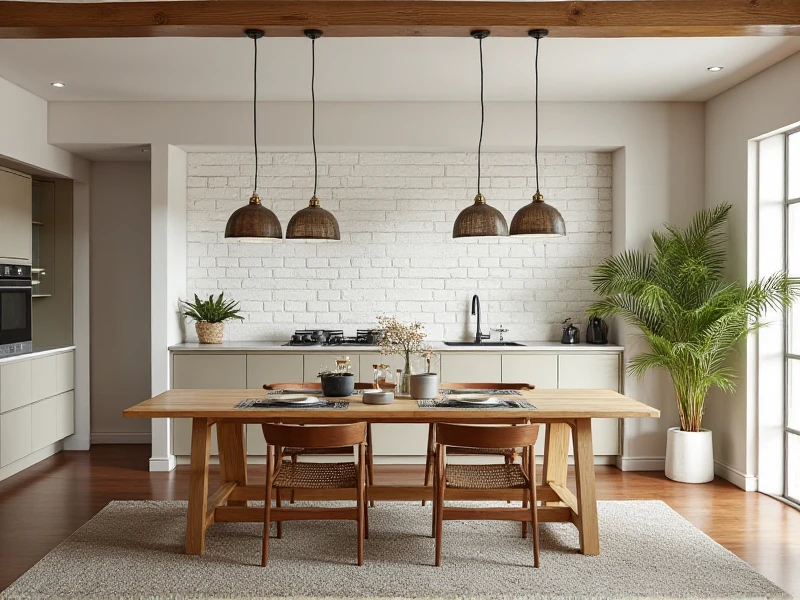
Furniture Focus: Elevate Your Home with Smart Choices
Modern furniture is more than just a place to sit or store things. It’s the foundation of how we experience our homes – shaping mood, function, and personal expression. Choosing the right pieces involves navigating a vast world of styles, materials, and intentions. Understanding your needs and the possibilities is key to creating spaces that truly resonate.
Understanding your core requirements is step one. What will the piece do? A living room sofa needs plush comfort – but don't ignore durability if you have pets or kids. A home office demands a supportive ergonomic chair to protect your posture during long hours. Consider size meticulously. Measure your space, factoring in pathways, doorways, and existing fixtures. Imagine the flow – will bulky furniture make the room feel cramped? Investing pieces that comfortably fit, both physically and aesthetically significantly enhances how a room functions.
Furniture design offers an incredible array of stylistic paths. Do you lean toward the clean lines and uncluttered forms of minimalist furniture? Or perhaps the warmth, texture, and timeless charm of cozy traditional furniture calls to you? For those who love character, vintage and antique furniture provides history and unique visual interest. Exploring styles that reflect your personality ensures your home feels authentically yours, rather than a generic showroom. Don't be afraid to thoughtfully mix eras – a sleek modern coffee table beside an older, ornate dresser can create captivating visual layers.
The materials used in pieces heavily influence both longevity and feel. Solid wood furniture – like sturdy oak desks or beautiful walnut tables – offers unparalleled durability and often timeless beauty, developing a patina over the years. High-quality veneers applied over stable substrates provide a sophisticated look and are usually cost-effective, though vulnerable to moisture damage. Metals bring an industrial chic vibe, particularly popular in modern furniture designs for bases, frames, and accents. Upholstered items require special attention to fabric quality. Performance fabrics provide stain resistance needed in high-traffic areas.
While aesthetics are important, never sacrifice practicality. How easy is the furniture to clean? Will that pale upholstery constantly show dirt? Does intricate carving trap dust? Think long-term maintenance. For smaller apartments, multi-functional pieces shine – think storage ottomans instead of simple coffee tables, sofa beds that accommodate overnight guests, or extendable dining furniture.
Buying furniture represents a significant investment. Thorough research pays off. Visit showrooms to actually test furniture – sit on sofas, feel fabric weights, inspect wood grain. Read detailed reviews, focusing on long-term durability and manufacturer support. Consider pre-loved furniture: vintage shops, online marketplaces, even estate sales can yield exceptional unique finds at a fraction of the cost of new designer furniture. Always ask about warranties, especially for upholstery and complex mechanisms (like sofa beds or recliners). Good construction, like reinforced joints or kiln-dried frames, often makes higher initial costs worthwhile.
Ultimately, beautiful furniture enhances daily life. It provides physical comfort and a reliable place to rest. Consider the emotional impact too – perhaps a cozy armchair becomes your dedicated reading escape, or a generous dining table facilitates laughter-filled meals with loved ones. Well-chosen pieces foster well-being by creating surroundings that uplift you. Taking the time to thoughtfully consider function, style, quality, and scale leads to wise decision-making. Forget transient trends; choose furniture with enduring appeal that brings lasting joy and purpose to every corner of your home. Explore resources like interior design books, reputable online furniture guides, or discover inspiration from respected furniture designers whose work resonates with you.
(Word Count: Approx. 625)
2025-06-09